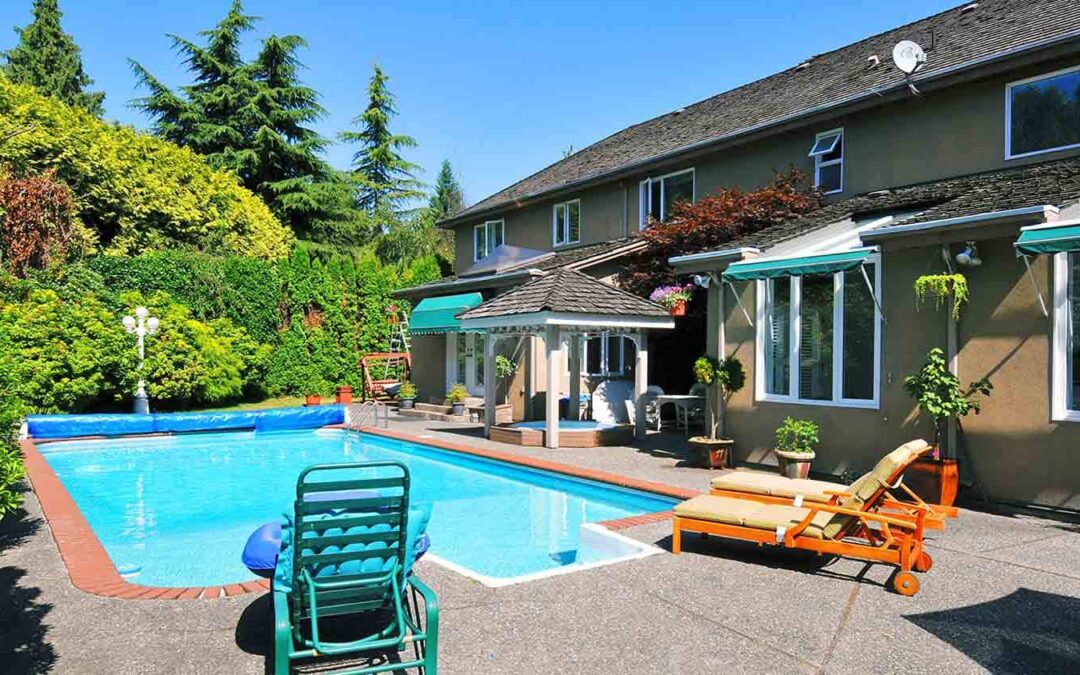When contemplating the investment in a swimming pool, understanding the life expectancy of its components is crucial. One pivotal aspect to consider is the pool liner, which greatly influences the pool’s aesthetics and functionality. So, how long does a pool liner last? This question not only relates to durability but also to maintenance and lifestyle. In this article, we uncover the typical lifespan of pool liners and explore vital factors affecting their longevity.

What is a Pool Liner?
A pool liner is a protective layer installed inside swimming pools. It serves dual purposes: providing a stylish finish and safeguarding the pool’s structural integrity. Liners are available in various materials such as vinyl, fiberglass, and concrete, each with its benefits and drawbacks.
Types of Pool Liners
Vinyl Liners
Vinyl liners are the most common due to their flexibility, aesthetic options, and cost-effectiveness. They are especially favored for residential pools, offering an affordable way to create a customized beauty.
Fiberglass Liners
Unlike vinyl, fiberglass liners come pre-formed. Renowned for their smooth, non-porous surface, they deter algae, which lowers maintenance efforts.
Concrete/Tile Liners
More robust and durable, concrete or tile liners offer unparalleled longevity. However, they come with elevated maintenance requirements and costs.
Lifespan of Different Pool Liners
Vinyl Liner Lifespan
Typically, vinyl pool liners last between 5 to 10 years. However, with proper care, some vinyl liners may even surpass this range.
Fiberglass Liner Lifespan
Fiberglass liners often enjoy a longer lifespan, ranging from 15 to 30 years, primarily due to their tough nature and low maintenance.
Concrete/Tile Liner Lifespan
Concrete or tile liners are built to endure. They can last over 20 years, although they require re-plastering or re-tiling approximately every 10 years.
Factors Affecting a Pool Liner’s Longevity
Environmental Conditions
Climate and weather significantly impact the lifespan of pool liners. Excessive sunlight might cause fading and wear, while regions with winters necessitate proper pool closing and liner care.
Maintenance Practices
Regular cleaning, correct chemical balancing, and timely repairs extend a pool liner’s life. Detailed maintenance guides can be found in articles like WaterX Leak Detection Patents for innovative maintenance solutions.
Installation Quality
Substandard installation can lead to premature wear. It is essential to hire professionals for installing liners to prevent wrinkles and sagging.
Cost Considerations for Pool Liners
Understanding the initial and replacement costs of pool liners aids in planning. Prices vary widely by material type and installation fees. Generally, a professional approach ensures efficiency and longevity, potentially increasing your pool’s value.
Maintenance Tips for Extending Liner Lifespan
Regular Cleaning
Debris can cause tears and abrasions, so regular cleaning is crucial for durability. Using a vacuum or pool cover can help maintain a clean surface.
Chemical Balancing
By maintaining balanced pH and chlorine levels, you prevent chemical damage, vital for sustaining the vibrancy and structure of your liner.
Prompt Repairs
Swiftly addressing issues like tears or leaks can avert larger problems. Tools and guidance are available in resources such as DripX Leak Detection.
Replacing a Pool Liner
When liners reach the end of their life cycle, replacing them timely prevents further damage to the pool structure. Signs of aging include fading, leaks, and noticeable damage.
Environmental Impact
Most liners are recyclable, which minimizes environmental impact. Reach out to eco-friendly services that specialize in recycling old liners.
Final Thoughts on Longevity
Keen awareness of usage, diligent maintenance, and timely replacement will influence how long a pool liner truly lasts. For those curious about adding value to your property, a well-maintained pool is a significant asset.

FAQ
Q1: Can a DIY approach extend the life of pool liners?
While a DIY approach for minor repairs is feasible, professional help ensures proper installation and significant issues are addressed efficiently.
Q2: How often should pool liners be cleaned?
It’s advisable to clean pool liners weekly, especially during peak usage. This practice prevents build-up and prolongs their life.
Q3: What are advanced systems to monitor pool health?
Monitoring systems, like those discussed in DripX Systems, utilize cutting-edge technology to ensure prolonged liner health.
This article contains affiliate links. We may earn a commission at no extra cost to you.

